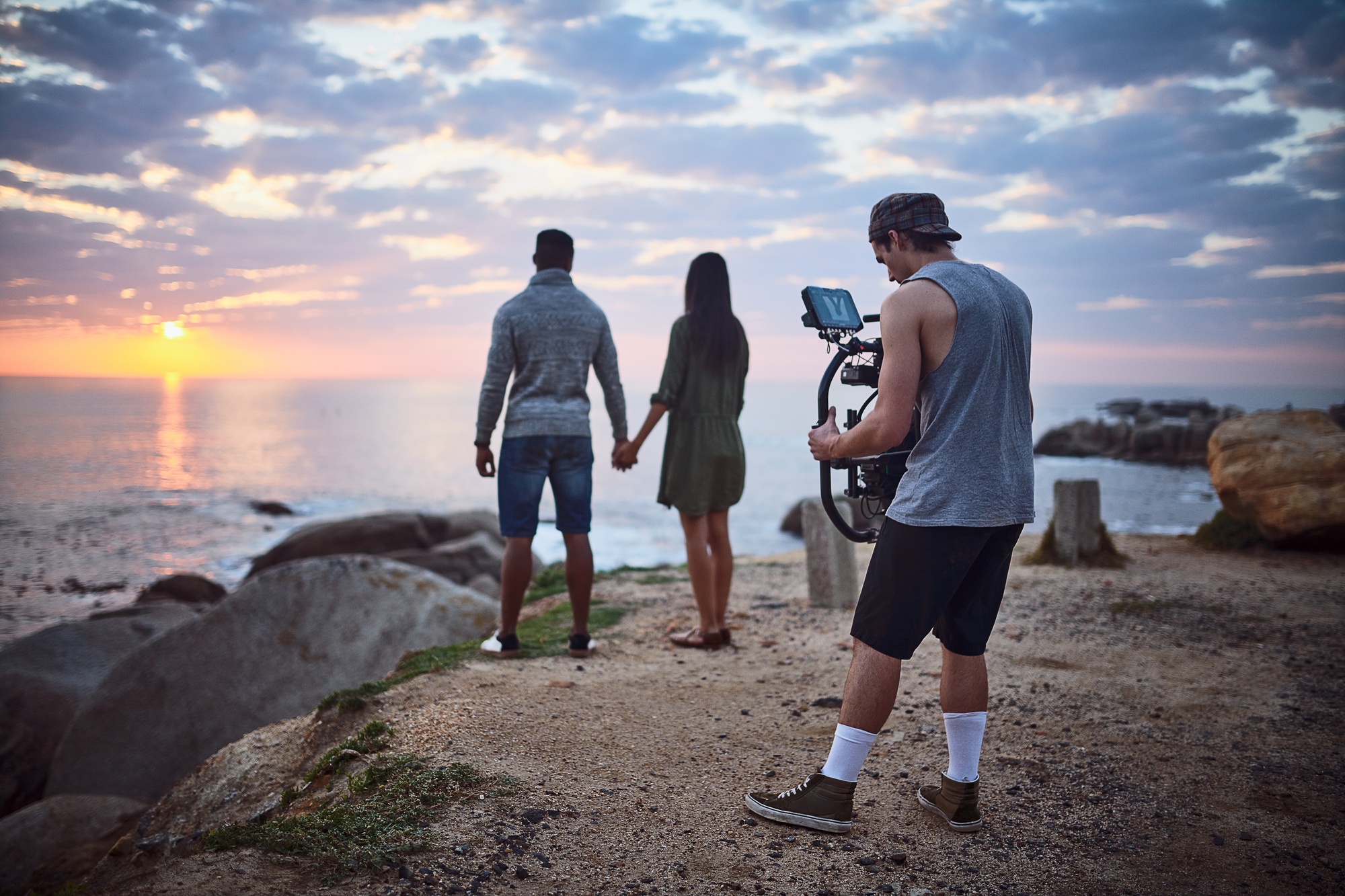In the midst of Hollywood’s strikes, artificial intelligence was once deemed the enemy—an ominous force threatening to replace human creativity and destabilize the industry. Fast forward to today, and AI has not only survived those turbulent times but is now a celebrated tool in Oscar-winning films. This remarkable turnaround highlights how AI has evolved from a feared disruptor into an indispensable creative partner, fueling innovation in visual effects, scriptwriting, editing, and more.

The Transformation of AI in Hollywood
From Foe to Friend: The Shifting Perception
During the height of Hollywood strikes, many industry professionals viewed AI as a threat. Concerns ranged from job displacement to the erosion of creative integrity, with AI systems being blamed for undermining the craft of filmmaking. Striking workers argued that technology could replace human talent in key creative roles, causing anxiety about the future of the industry.
However, as the dust settled, a new narrative emerged. Filmmakers began to explore how AI could enhance the creative process rather than replace it. By automating mundane tasks and providing fresh insights, AI became a collaborative tool that empowered directors, screenwriters, and visual effects artists. Today, AI is recognized for its ability to generate stunning visuals, streamline production workflows, and even assist in generating creative ideas.
AI’s Role in Oscar-Winning Films
Oscar-winning films now routinely incorporate AI into various aspects of production:
- Visual Effects and Animation: AI algorithms are used to create hyper-realistic CGI, simulate complex environments, and streamline the rendering process.
- Script Analysis and Editing: Advanced language models help refine screenplays by suggesting edits, identifying narrative inconsistencies, and even generating dialogue options.
- Post-Production Magic: AI enhances color grading, sound design, and editing processes, resulting in polished final products that captivate audiences and critics alike.
The transition from AI being a potential adversary to a celebrated collaborator is a testament to the industry’s adaptability. Studios that once resisted AI are now embracing its capabilities, integrating it seamlessly into the creative process to achieve previously unimaginable levels of artistry and efficiency.
Broader Implications and Future Directions
Ethical and Creative Considerations
The integration of AI in film production is not without its challenges:
- Ethical Dilemmas: The use of AI raises questions about authorship and originality. Who gets the credit when a machine contributes significantly to a film’s creative process?
- Maintaining Human Touch: Despite AI’s contributions, the essence of storytelling remains a human endeavor. The goal is to use AI to augment human creativity, not to replace it.
- Industry Standards: As AI becomes more integral to film production, establishing clear guidelines and best practices will be crucial to ensure that its use enhances rather than detracts from artistic expression.
Looking Ahead: A Harmonious Collaboration
The future of filmmaking likely lies in a hybrid approach where human creativity and AI capabilities work hand-in-hand. As technologies evolve, we can expect:
- More Innovative Storytelling: AI will continue to push the boundaries of what’s possible, opening up new creative horizons.
- Enhanced Production Efficiency: Automation of repetitive tasks will allow filmmakers to focus on the art of storytelling, reducing production time and costs.
- Broader Adoption Across Industries: The success seen in Hollywood may inspire other creative industries to embrace AI, leading to innovations in music, literature, and beyond.

Frequently Asked Questions
Q: Why was AI initially seen as a threat during Hollywood strikes?
A: During the strikes, AI was perceived as a threat because of fears that it could replace human creativity and displace jobs in key roles such as scriptwriting, visual effects, and editing. Workers were concerned that automation would undermine the traditional, human-centered process of filmmaking.
Q: How is AI being used in Oscar-winning films today?
A: AI is now used in various aspects of film production, including creating sophisticated visual effects, assisting in script analysis and editing, and enhancing post-production processes like color grading and sound design. These applications help streamline workflows and open new creative possibilities while still relying on human oversight.
Q: What are the key challenges of integrating AI into the creative process?
A: The main challenges include addressing ethical concerns about authorship and originality, ensuring that AI augments rather than replaces human creativity, and establishing industry standards for the responsible use of AI in film production. Balancing technological efficiency with the human touch remains a central focus.
From being an ominous harbinger of job loss to a celebrated creative ally, AI’s journey in Hollywood is reshaping the film industry. As AI continues to unlock new creative possibilities and streamline production processes, the collaboration between human talent and machine intelligence promises to lead the way into a bold, innovative future in filmmaking.
Sources BBC


